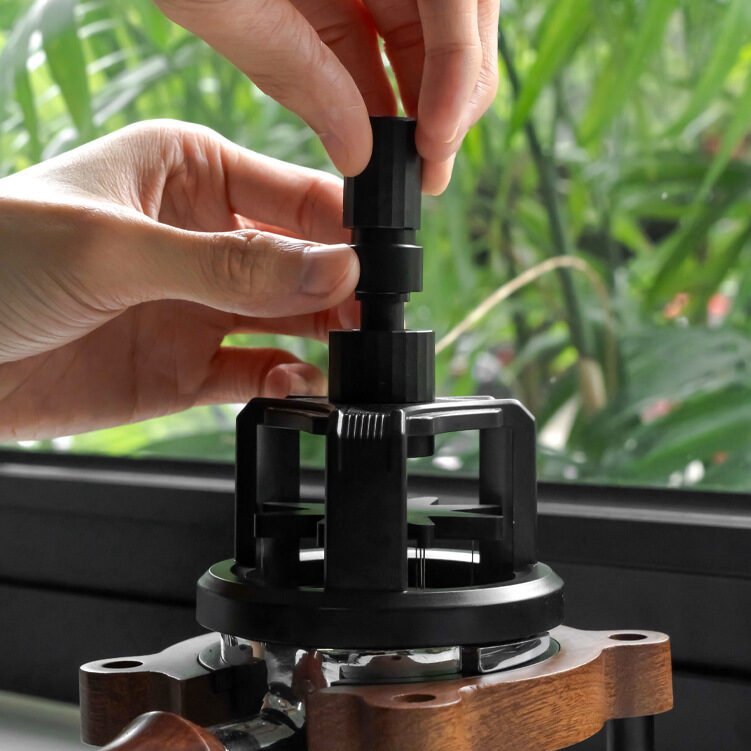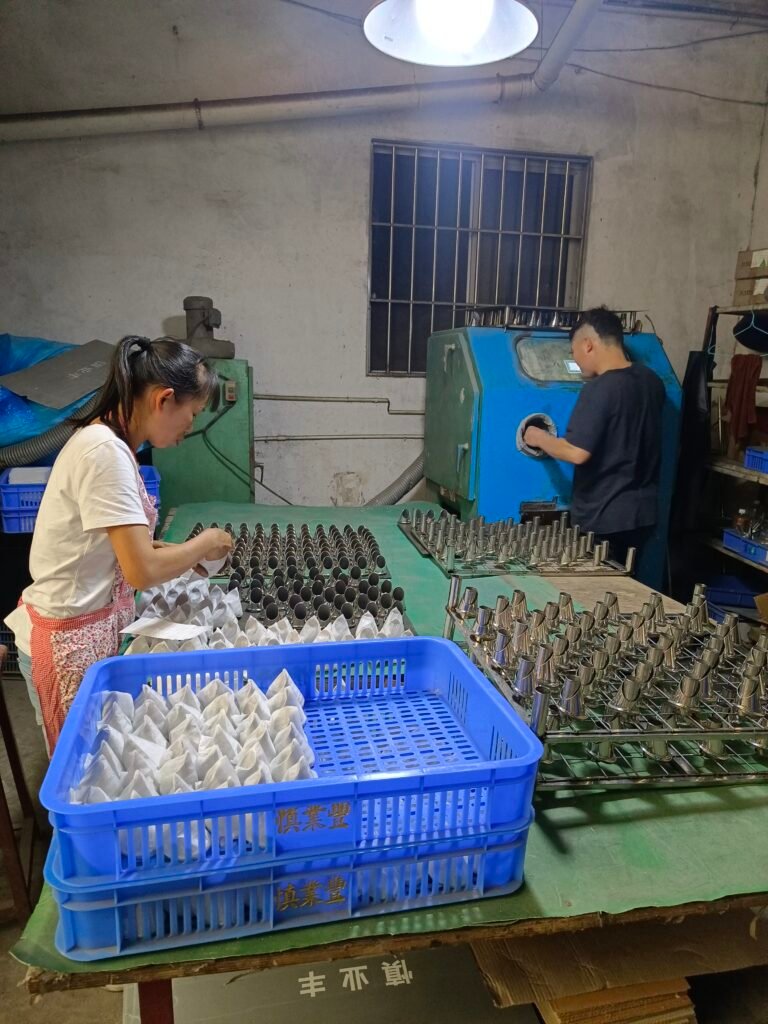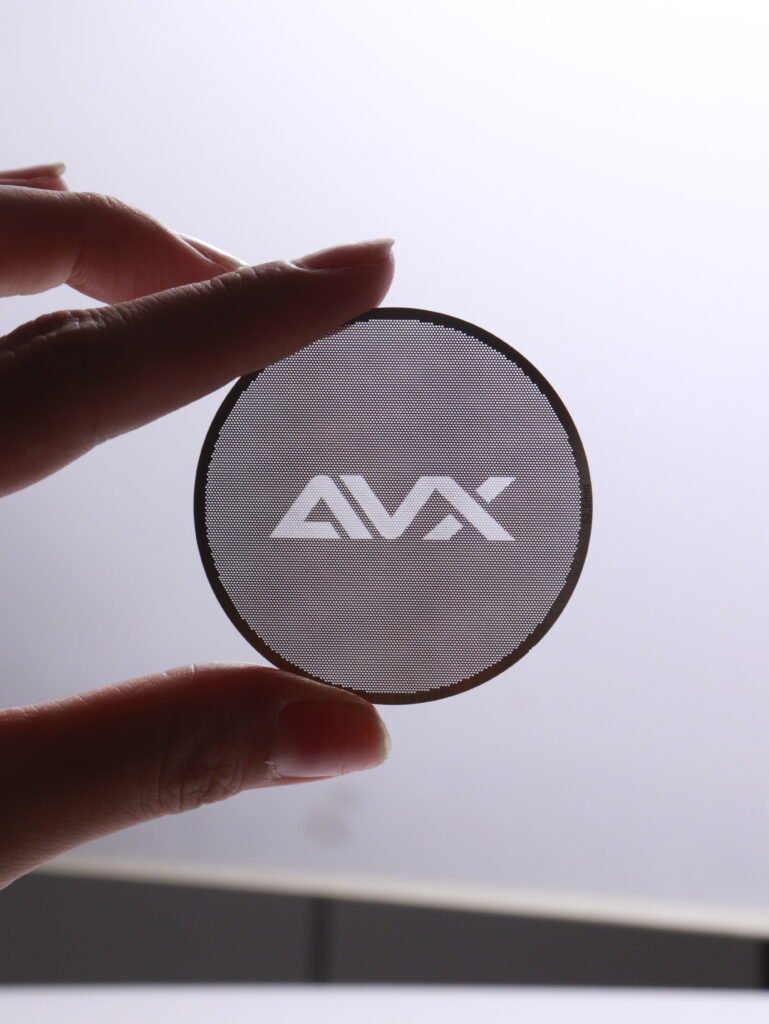The Evolution of Espresso Tool Design: How Innovation Shapes Modern Coffee Equipment?
Struggling with inconsistent shots? Old tools might be the problem. See how innovation is making coffee better and your work easier.
Modern espresso tool design focuses on precision and consistency. This includes advanced distribution tools and ergonomic tampers. This evolution helps baristas make better coffee more efficiently.

It is truly fascinating to see how much things have changed. When I first started in this business many years ago, the tools we used were rather basic. Often, this simplicity led to frustrating inconsistencies in espresso quality. Today, however, a significant wave of innovation has swept through the coffee industry. This progress is not just exciting for us as manufacturers at SIF Coffee Tools; it also brings substantial benefits to baristas working in busy cafes and to coffee lovers everywhere. Let's take a closer look at some key areas where these thoughtful advancements are making a real, positive difference in the daily grind.
How Have Distribution Tools Evolved to Combat Channeling?
Tired of bad espresso shots from channeling? Old methods often fail. New distribution tools now solve this common coffee problem easily.
Modern distribution tools, especially those with fine needles like puck rakes or WDT tools, greatly reduce channeling. They spread coffee grounds evenly in the portafilter. This removes clumps and creates a flat bed for better water flow.

Channeling is a big problem in espresso making. It happens when water finds easy paths through the coffee puck[^1] instead of flowing evenly. This leads to some coffee grounds being over-extracted and some under-extracted. The result is a bad tasting shot. In the past, baristas might tap the portafilter or use a finger to level the grounds. These methods were not very precise.
Now, we have tools like the Weiss Distribution Technique (WDT)[^2] tools. These tools use thin needles. I've seen firsthand how these needles break up clumps and create a fluffy, even bed of coffee. At SIF Coffee Tools, we focus on precision. Our puck rakes use very fine, strategically placed needles made from FDA-approved materials. This design ensures that the coffee grounds are perfectly prepared. For clients like Muhammad Murat in the UAE, who demands premium quality, this means his customers can achieve consistent, delicious espresso every time. He knows that by sourcing high-quality tools from us, he is providing real value to his market, where perfection in coffee is highly sought. The difference between old habits and new tools is clear.
| Feature | Traditional Tapping/Swiping | Modern WDT Tool (e.g., SIF Coffee Tools Needle Distributor) |
|---|---|---|
| Ground Clumping | High risk of remaining | Significantly reduced or eliminated |
| Density Variation | Common occurrence | Minimized for a uniform puck |
| Channeling Risk | Very High | Drastically Lowered |
| Extraction Quality | Inconsistent, often poor | Consistent, balanced extraction |
| Skill Dependency | High, difficult to master | Lower, easier to achieve good results |
| Time to Prepare Puck | Can be quick but unreliable | Slightly longer, but ensures quality preparation |
This move towards precision in distribution is a core part of modern espresso tool evolution. It's about giving baristas control.
How Does Modern Tool Design Boost Barista Efficiency?
Are your baristas too slow during rush hour? Inefficient tools can cause delays. Smart design helps baristas work faster and better.
Innovative espresso tools help baristas work more efficiently. They have ergonomic designs and features that ensure every shot is consistent. This means quicker service, less coffee waste, and happier baristas.

Efficiency is key in any coffee shop, especially during busy periods. Modern tool design helps a lot here. Think about tampers. An old, uncomfortable tamper can tire a barista's wrist very quickly. At SIF Coffee Tools, we design ergonomic tampers. They fit well in the hand and allow for a comfortable, consistent tamping motion. This reduces strain and speeds up the process.
Then there are tools that help with consistency itself. For example, calibrated tampers click when the right pressure is applied. This ensures every tamp is the same, no matter which barista is working. Distribution tools also play a role by making puck preparation quicker and more reliable. Well-designed portafilters are also important. Ours are balanced and built for heavy commercial use, making them easier to handle all day. For someone like Muhammad Murat, who supplies cafes across the Middle East, reliable and efficient tools are crucial. His clients need equipment that can handle high volume without slowing down service. Our tools, manufactured in our advanced facility, meet these needs. I remember talking to a cafe owner who switched to our tools. He said his team was noticeably faster and less stressed during the morning rush.
| Aspect of Workflow | Traditional Tools | Modern SIF Coffee Tools (e.g., Ergonomic Tamper, Precision Portafilter) |
|---|---|---|
| Tamping Action | Awkward, risk of uneven pressure | Comfortable, consistent pressure (especially with calibrated models) |
| Ground Distribution | Manual, often inconsistent | Quick, even distribution with dedicated tools |
| Portafilter Handling | Can be clunky, non-standardized fits | Smooth, balanced, secure fit for commercial machines |
| Shot-to-Shot Consistency | Highly variable by user skill | Significantly improved, less skill-dependent for good results |
| Barista Fatigue | Higher risk of strain | Reduced due to ergonomic design |
| Speed of Service | Slower due to manual adjustments | Faster due to streamlined, reliable steps |
This focus on efficiency is not just about speed; it's about creating a better work environment.
What Role Do Material Science and Manufacturing Play in Tool Evolution?
Worried about tool safety and how long they last? Bad materials can lower quality. Advanced making and materials make espresso tools much better.
Material science and advanced manufacturing are very important for modern espresso tools. Using food-grade stainless steel and precise engineering is key. Certifications like FDA and LFGB also promise safety and high performance.

The choice of materials and how tools are made has a huge impact on their quality and lifespan. In the past, tools might have been made from less durable or even questionable materials. Now, there's a strong focus on using high-quality, food-safe materials. At SIF Coffee Tools, we almost exclusively use premium stainless steel[^3], like 304 grade, for parts that contact coffee. This material is strong, resists rust, and doesn't affect the coffee's taste. Our manufacturing process is also advanced. We have 80 punching machines and 5 assembly lines in our 3000㎡ workshop. This allows us to make precision-engineered coffee baskets and stainless steel shower screens with very tight tolerances. This precision is vital for consistent performance.
Furthermore, we ensure our products meet international standards. We have certificates like FDA[^4], Rohs, Reach, and LFGB. For B2B clients like Muhammad Murat, who require comprehensive quality assurance[^5], these certifications are non-negotiable. They guarantee that the tools are safe for food contact and environmentally sound. I remember when we upgraded our quality control systems; it was a significant investment. But it meant we could confidently offer industry-leading quality. This dedication to material and manufacturing excellence is what builds trust with distributors who need durable, commercial-grade tools for their markets.
| Feature | Older/Basic Tool Manufacturing | SIF Coffee Tools Advanced Manufacturing & Materials |
|---|---|---|
| Primary Material | Often lower-grade metals, plastics | Premium Food-Grade Stainless Steel (e.g., 304), quality alloys |
| Manufacturing Tolerances | Wider, leading to inconsistencies | Tight, precision-engineered for optimal fit and function |
| Durability | Prone to wear, corrosion, or breakage | High, designed for commercial-grade longevity |
| Food Safety | May not be certified or tested rigorously | Certified (FDA, Rohs, Reach, LFGB) ensures safety |
| Performance Over Time | Can degrade, affecting extraction quality | Consistent high performance maintained throughout lifespan |
| Surface Finish | Can be rough or difficult to clean | Smooth, polished, easy to clean and maintain hygiene |
This commitment ensures professionals get tools they can truly rely on for years.
How is Customization Shaping the Future of Espresso Tools for Brands?
Is it hard to make your brand stand out? Standard tools look all the same. OEM/ODM services offer special solutions to help your brand shine.
Customization through OEM/ODM services means coffee brands can create their own unique, branded tools. This helps them be different, meet specific customer needs, and build a stronger brand name using expert help for design.

In today's competitive market, branding is very important. Coffee equipment distributors and brands want tools that not only perform well but also reflect their brand identity. This is where OEM (Original Equipment Manufacturer) and ODM (Original Design Manufacturer) services come in. At SIF Coffee Tools, we offer these services. It means we can produce tools based on a client's existing design (OEM) or help them develop a completely new design (ODM). For a business owner like Muhammad Murat, who imports tools and adds value through branding for the Middle East market, this is a powerful advantage. He can offer tools that are unique to his company.
This customization goes beyond just putting a logo on a tamper. We can consult on handle materials, shapes, weight, and even the specific performance characteristics of a coffee basket or shower screen. For example, a client targeting specialty coffee shops in Dubai might want a very modern, minimalist design, while another client in Europe might prefer a more classic look. We work closely with them, using our manufacturing expertise and knowledge of market trends. I recall a project where we developed a specific portafilter handle for a European client. They had clear ideas about the feel and ergonomics, and our team helped bring that vision to life. This collaborative approach is key. It allows brands to offer something truly special, strengthening their position in the market.
| Aspect of Sourcing | Buying Standard Off-the-Shelf Tools | Partnering with SIF Coffee Tools for OEM/ODM |
|---|---|---|
| Brand Exclusivity | None, many others sell the same product | High, unique product design and branding options |
| Product Differentiation | Low, difficult to stand out | High, tailored features and aesthetics |
| Alignment with Brand Image | May not perfectly match brand | Products designed to embody and strengthen brand identity |
| Input on Design/Features | Limited to existing options | Extensive, collaborative design process |
| Meeting Niche Market Needs | Generic tools may not suit specific needs | Custom solutions developed for target customer preferences |
| Supplier Relationship | Often transactional | Strategic partnership focused on mutual growth and innovation |
OEM/ODM is transforming how brands approach their product lines, offering pathways to greater distinctiveness and market relevance.
Conclusion
Innovation in espresso tools keeps improving coffee quality and how baristas work. Better tools lead to better coffee experiences for everyone.
[^1]: Learn about the importance of the coffee puck in espresso making and how it influences the final taste of your shot.
[^2]: Explore this link to understand how WDT can enhance your espresso brewing process and improve flavor consistency.
[^3]: Explore the advantages of premium stainless steel in coffee tools, ensuring durability and taste preservation for your brews.
[^4]: Learn about essential certifications like FDA that ensure coffee tools are safe and meet international standards.
[^5]: Understanding quality assurance in coffee tool manufacturing can enhance your knowledge of product safety and reliability.



